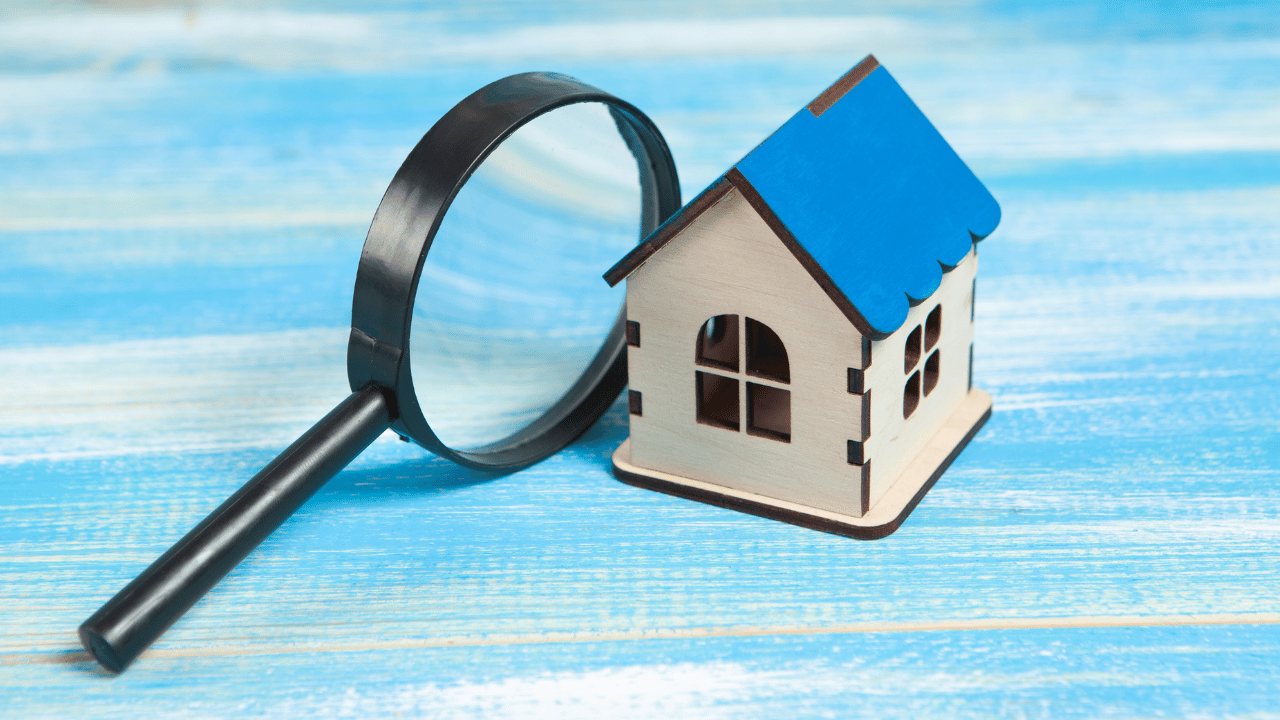Why Homeowners Insurance Companies Perform Post-Closing Home Inspections
When you purchase a homeowners insurance policy, you might think the process is complete once you’ve signed the application and your coverage is bound. However, most insurance companies nowadays conduct post-closing home inspections within the first 30–60 days of coverage. These inspections are a standard part of the underwriting process, designed to ensure the property meets the company’s safety and maintenance standards.
Why Insurers Do Post-Closing Inspections
Insurance companies use these inspections to:
Verify property condition: They want to confirm that the home is in good repair and matches the description provided during the quoting process.
Identify risks before they become claims: Inspections can reveal potential hazards that could cause damage or injury, allowing you to correct them early.
Ensure accurate coverage: Inspectors verify that the replacement cost estimate is accurate and that all structures (like sheds, decks, or detached garages) are properly insured.
What Inspectors Look For
While each insurance carrier has its own checklist, most post-binding home inspections focus on the following areas:
1. Roof Condition
Missing, curling, or damaged shingles
Evidence of leaks or water damage
Age of the roof and type of material
2. Exterior Structure
Cracks in the foundation or siding
Peeling paint or wood rot
Loose or damaged gutters and downspouts
3. Safety Hazards
Trip hazards such as uneven sidewalks or steps
Poorly maintained handrails or guardrails
Debris or clutter that could cause injury
4. Property Maintenance
Overgrown trees or shrubs touching the home
Accumulated debris, especially near heat sources
Signs of neglect or deferred maintenance
5. Outbuildings and Additional Structures
Condition of sheds, garages, barns, or fences
Proper anchoring and weather resistance
Electrical safety in detached structures
6. Swimming Pools & Recreational Equipment
Secure fencing and locked gates
Safety covers or alarms for pools and hot tubs
Condition of trampolines or playground equipment
7. Fire & Liability Risks
Proximity of flammable materials to the home
Safe placement of grills and fire pits
Condition of chimneys and wood stoves
What Happens After the Inspection
If the inspector finds no concerns, your policy continues as issued. If issues are discovered, the insurance company will typically give you a correction period (often 30 days) to address them. In rare cases where serious hazards are present, the company may adjust your coverage or, in extreme situations, cancel the policy.
How to Prepare for a Post-Closing Inspection
Address known issues before applying (e.g., replace missing shingles, repair handrails)
Keep the property neat and accessible for the inspector
Provide proof of repairs or upgrades if requested
Post-binding home inspections aren’t meant to cause inconvenience—they’re designed to protect both you and your insurer. By maintaining your home in good condition, you not only keep your coverage intact but also prevent future losses. A well-cared-for home is safer, more comfortable, and more likely to hold its value for years to come.

